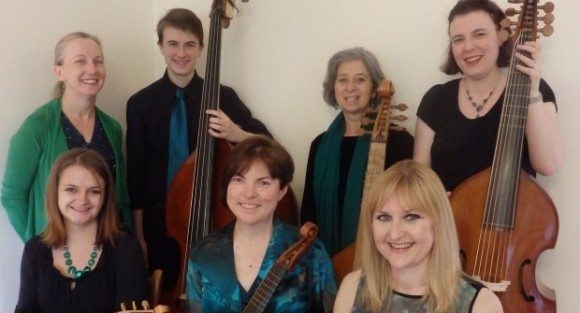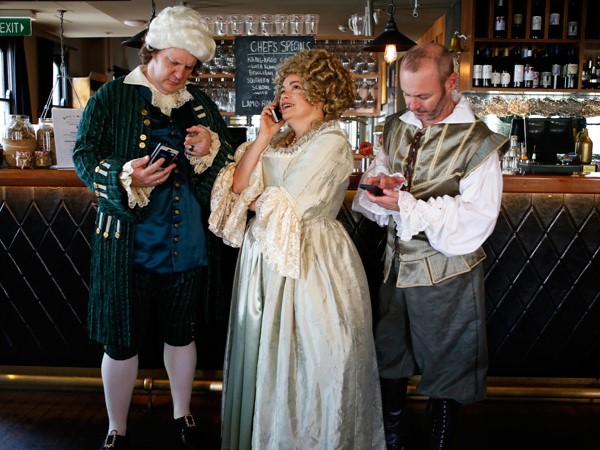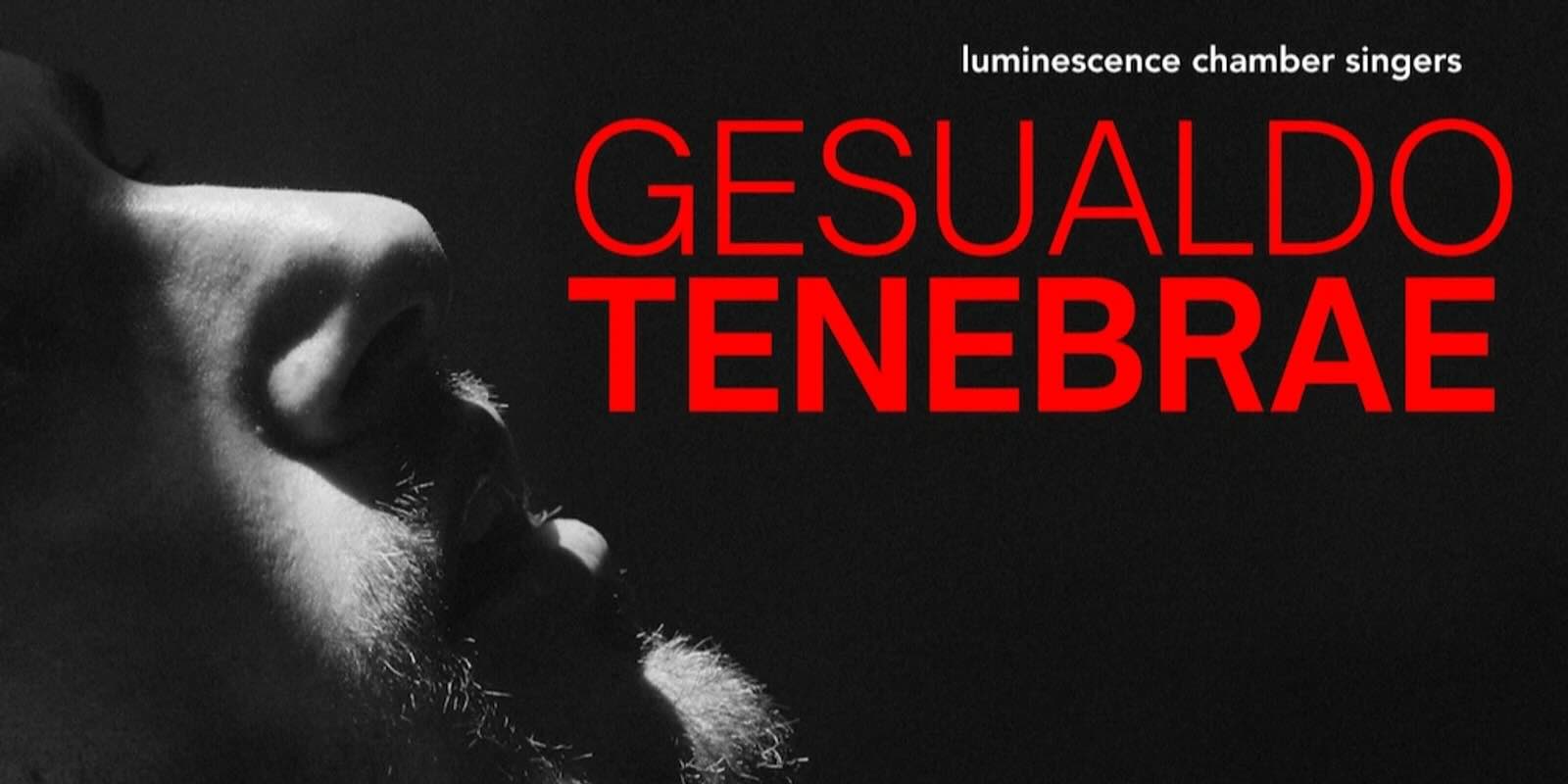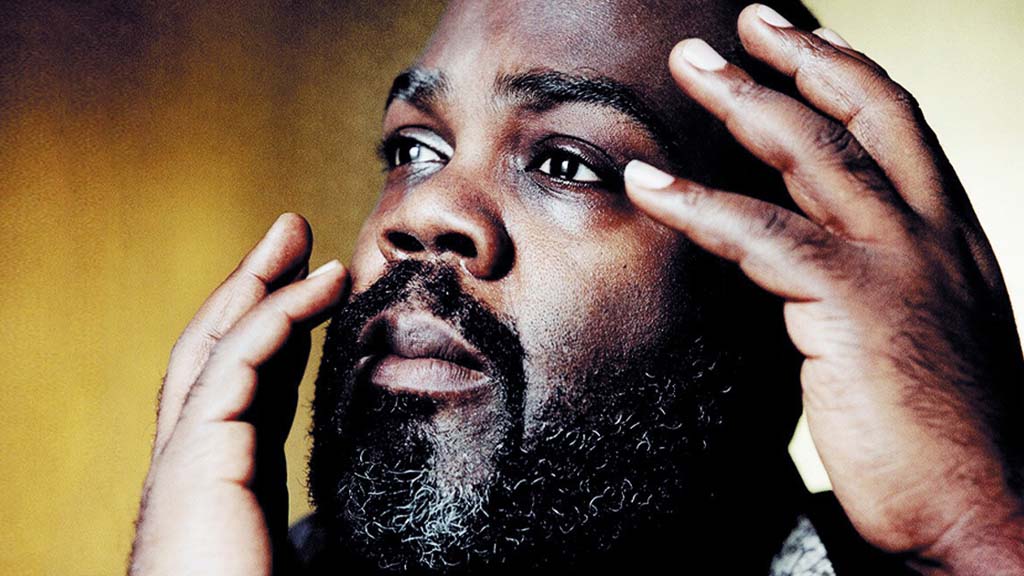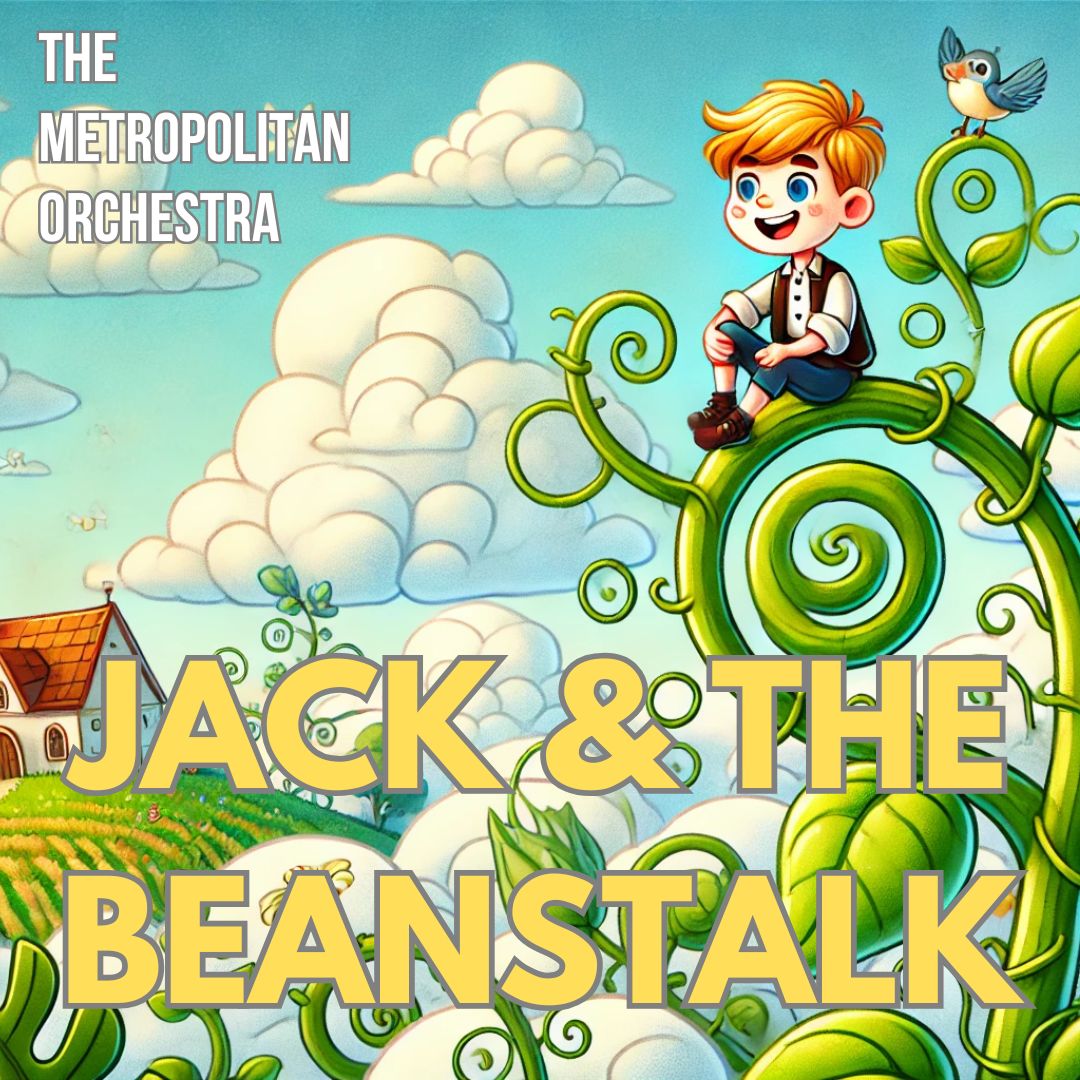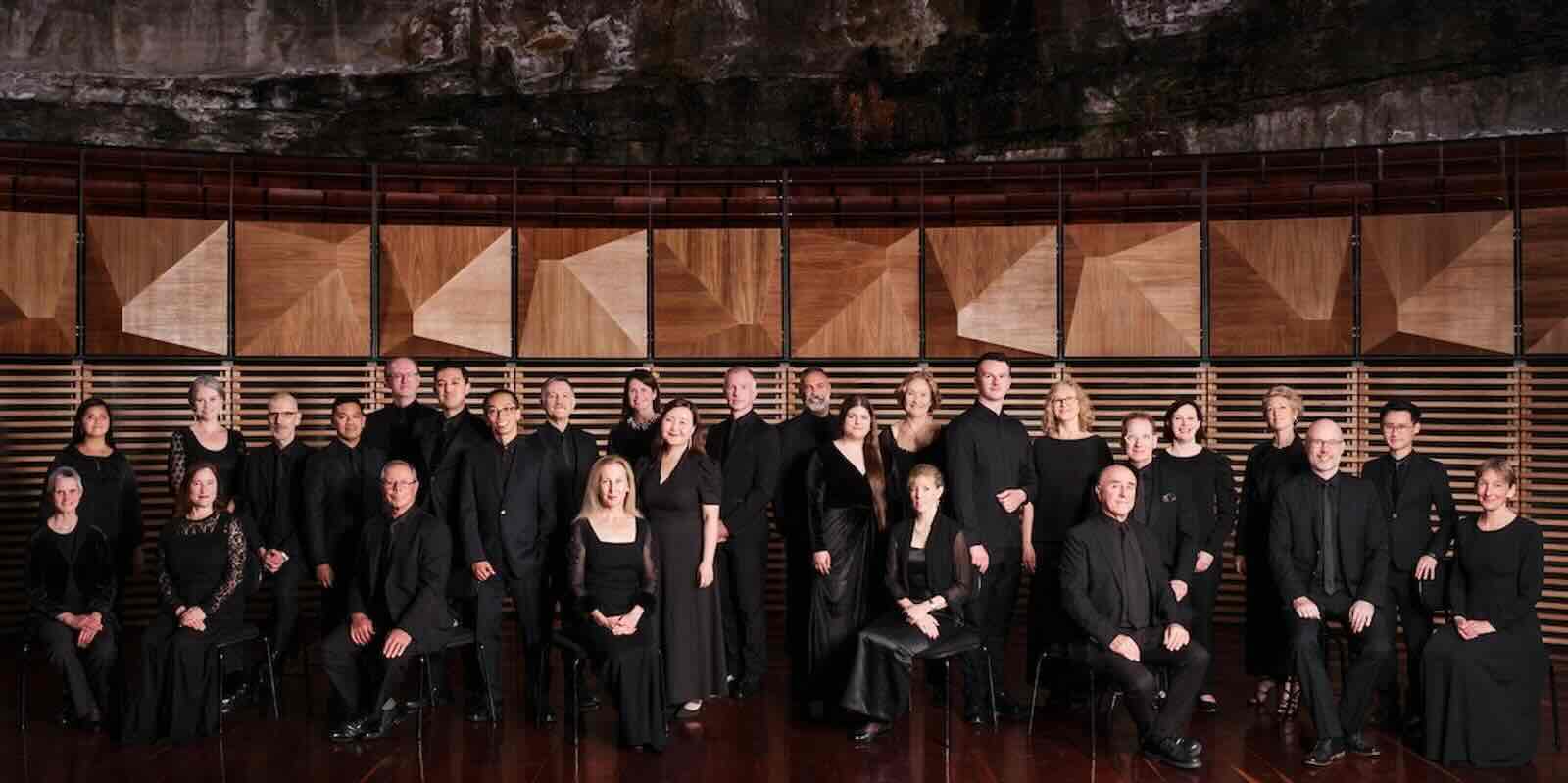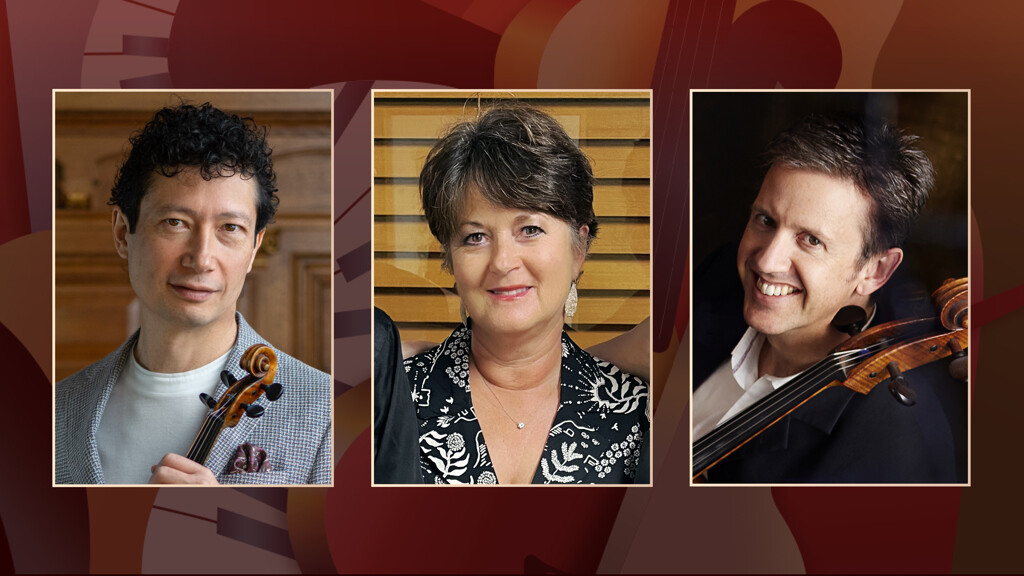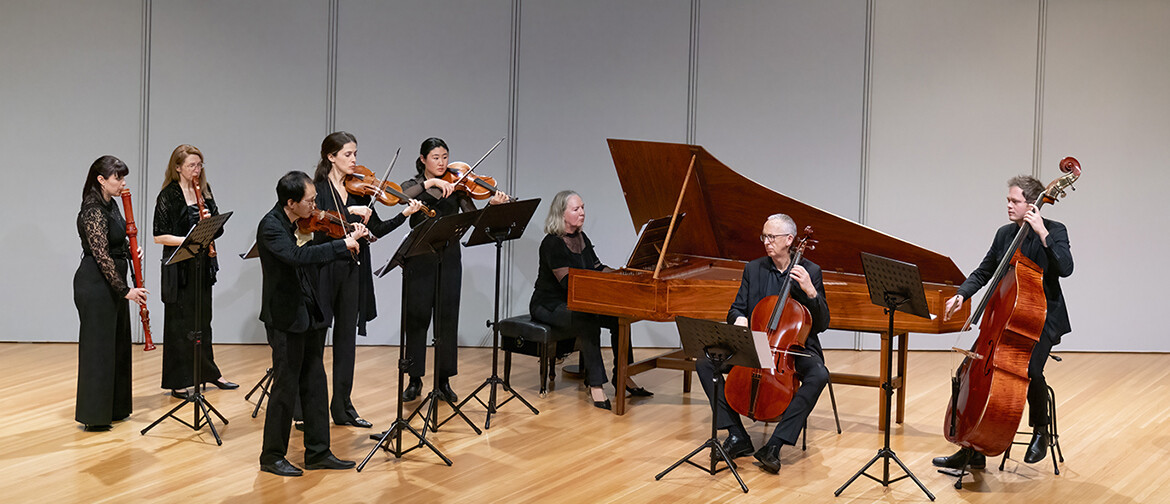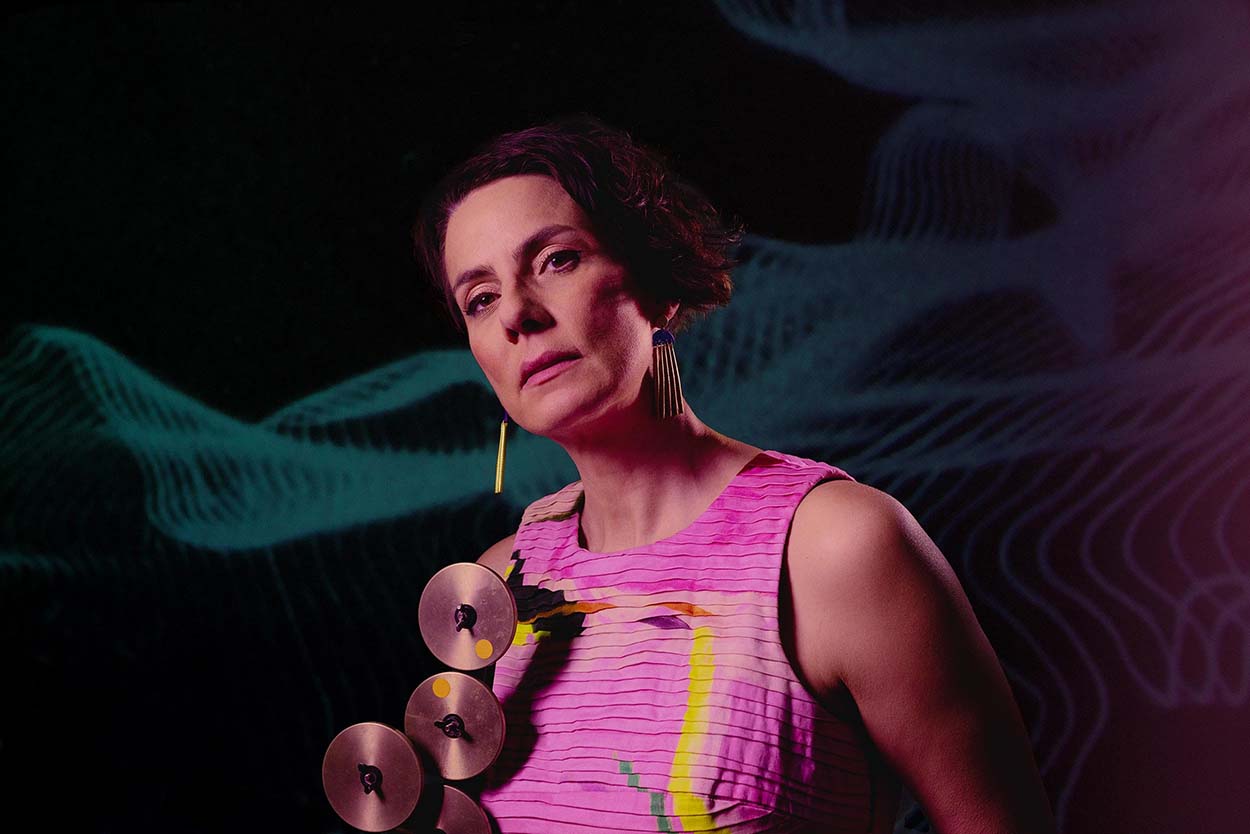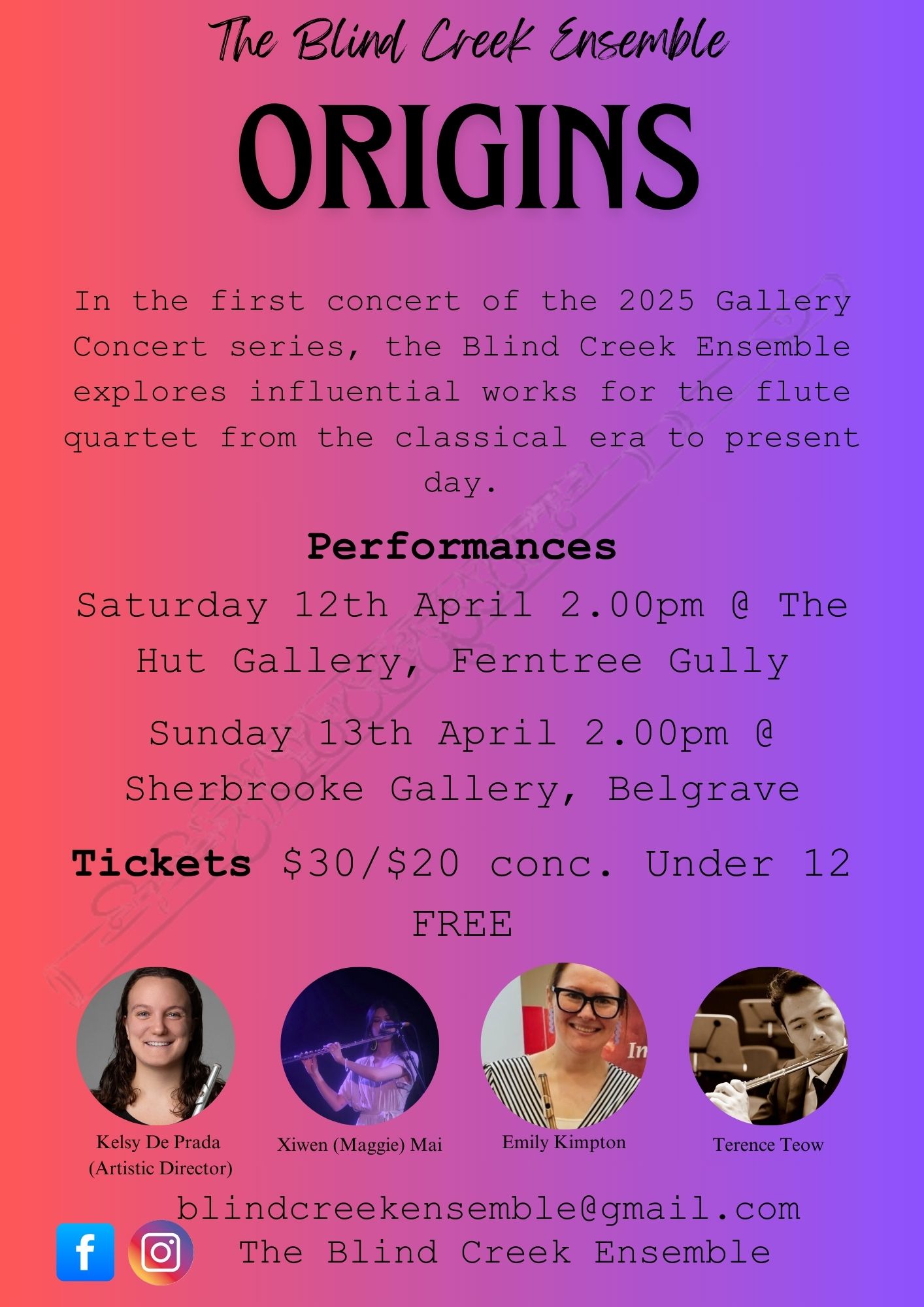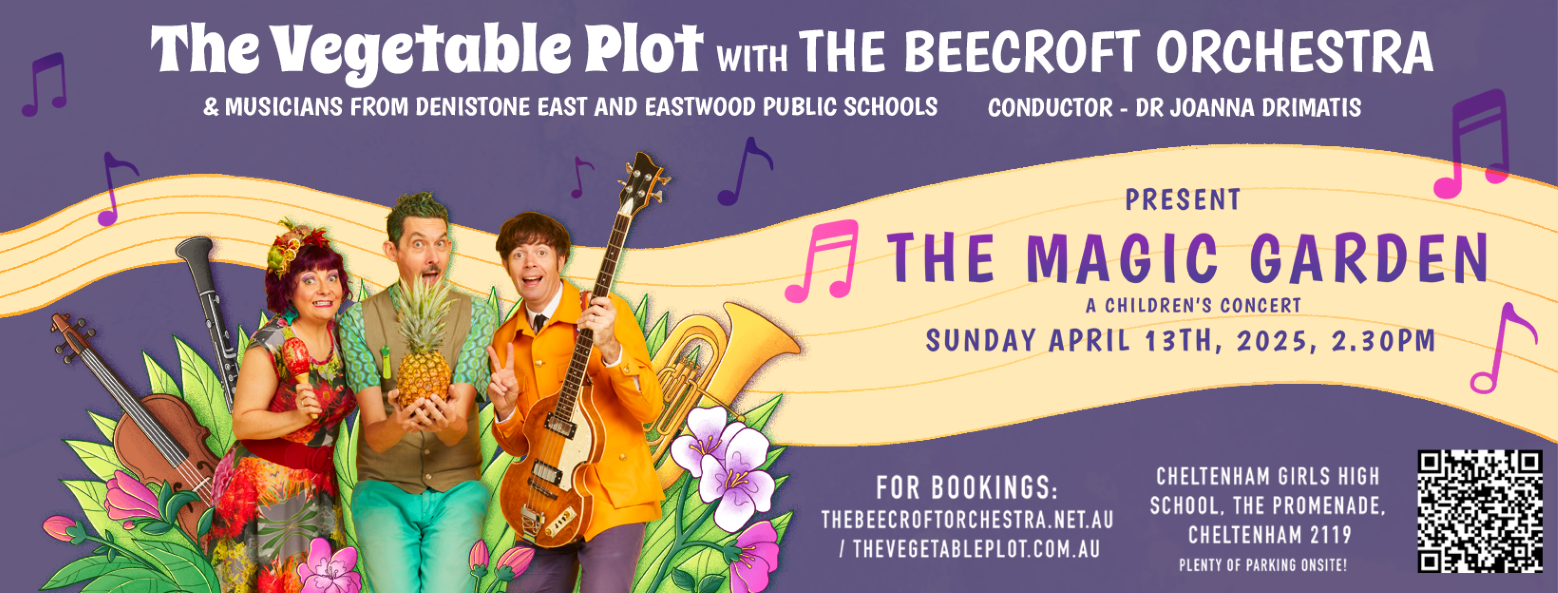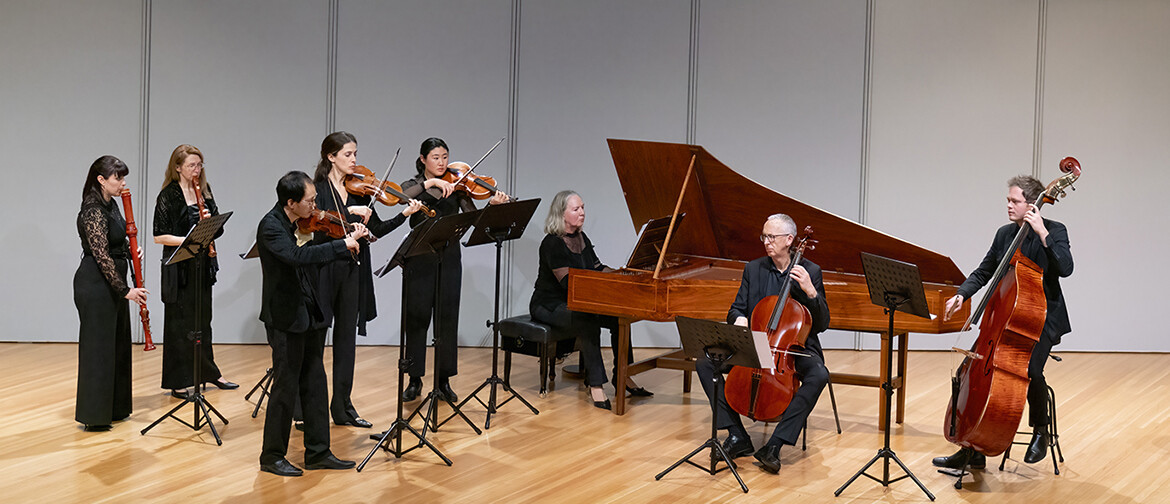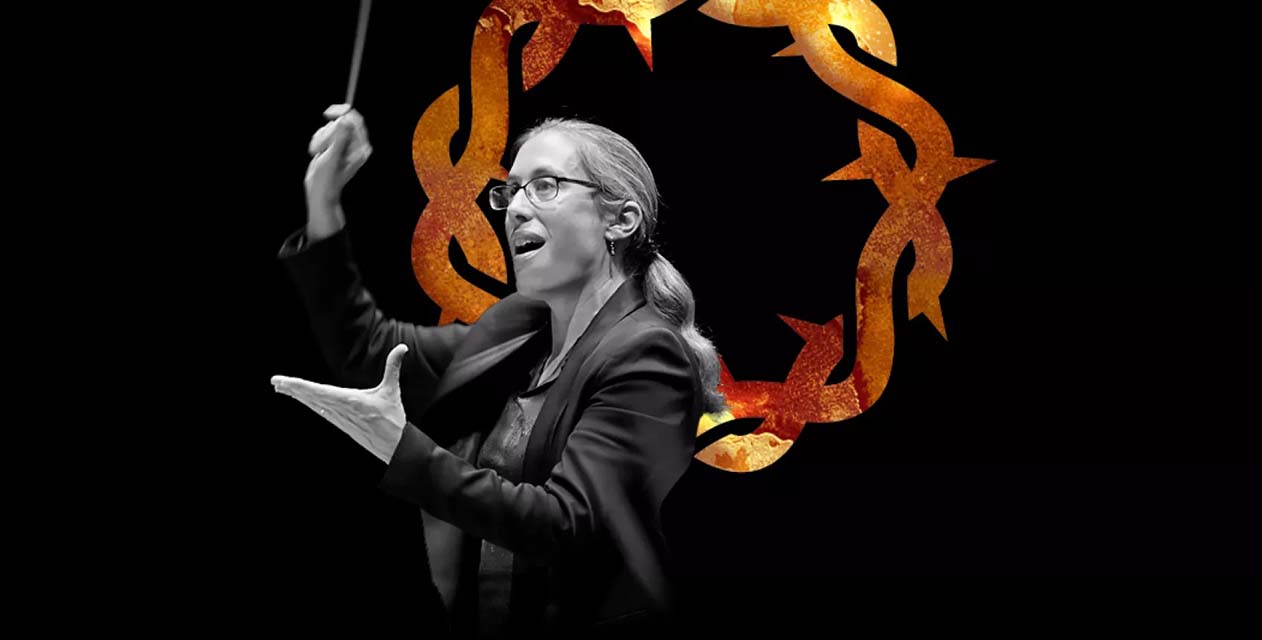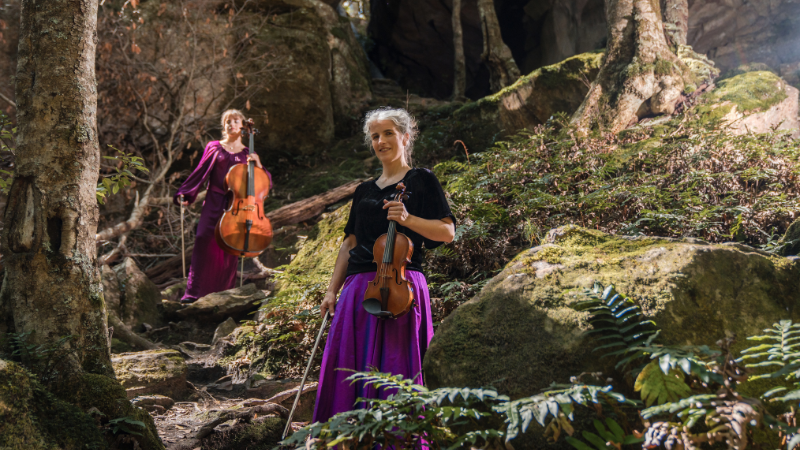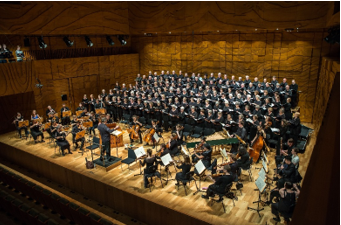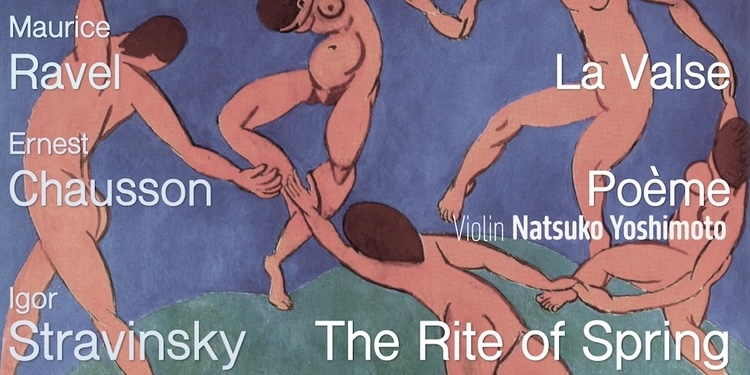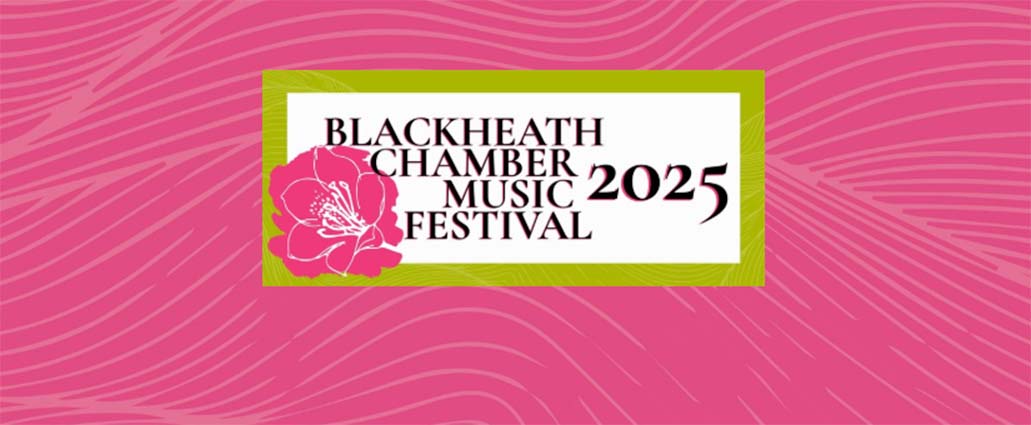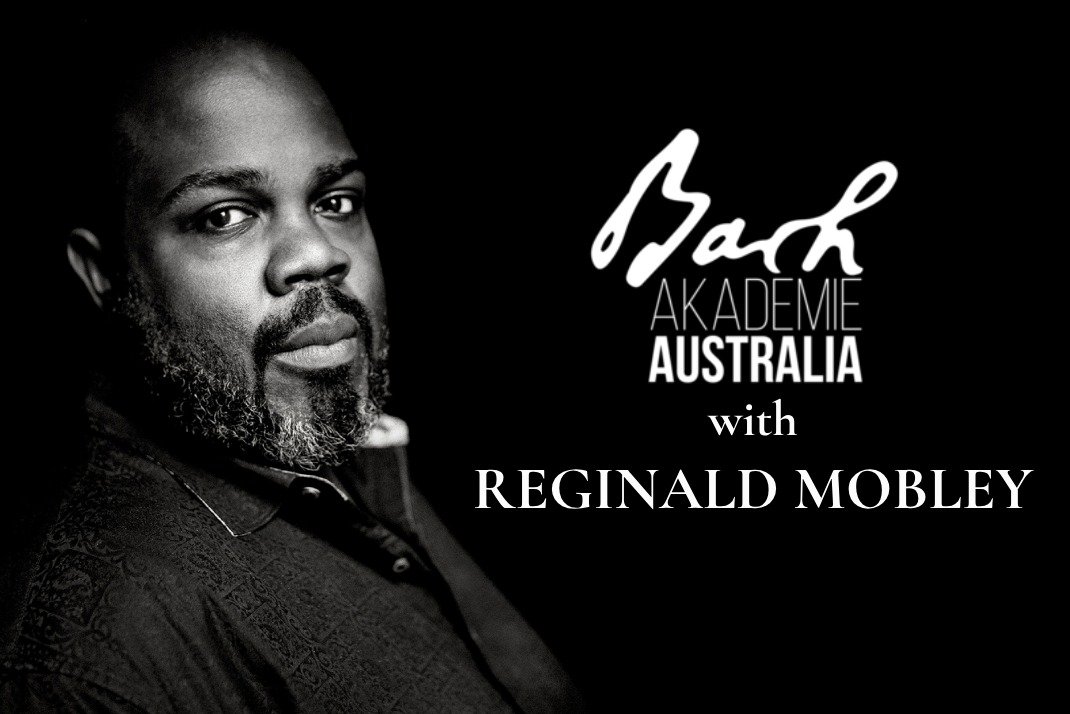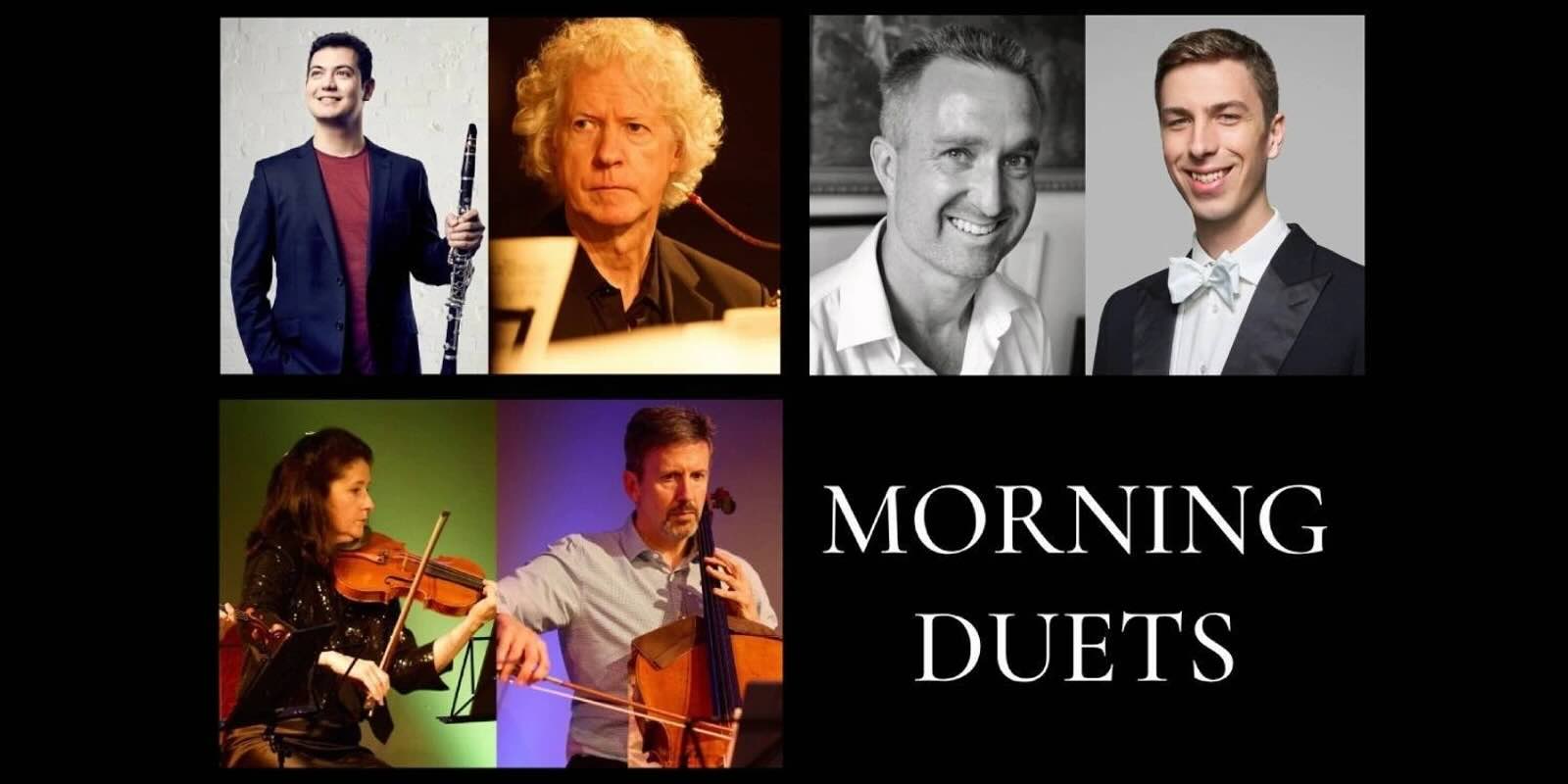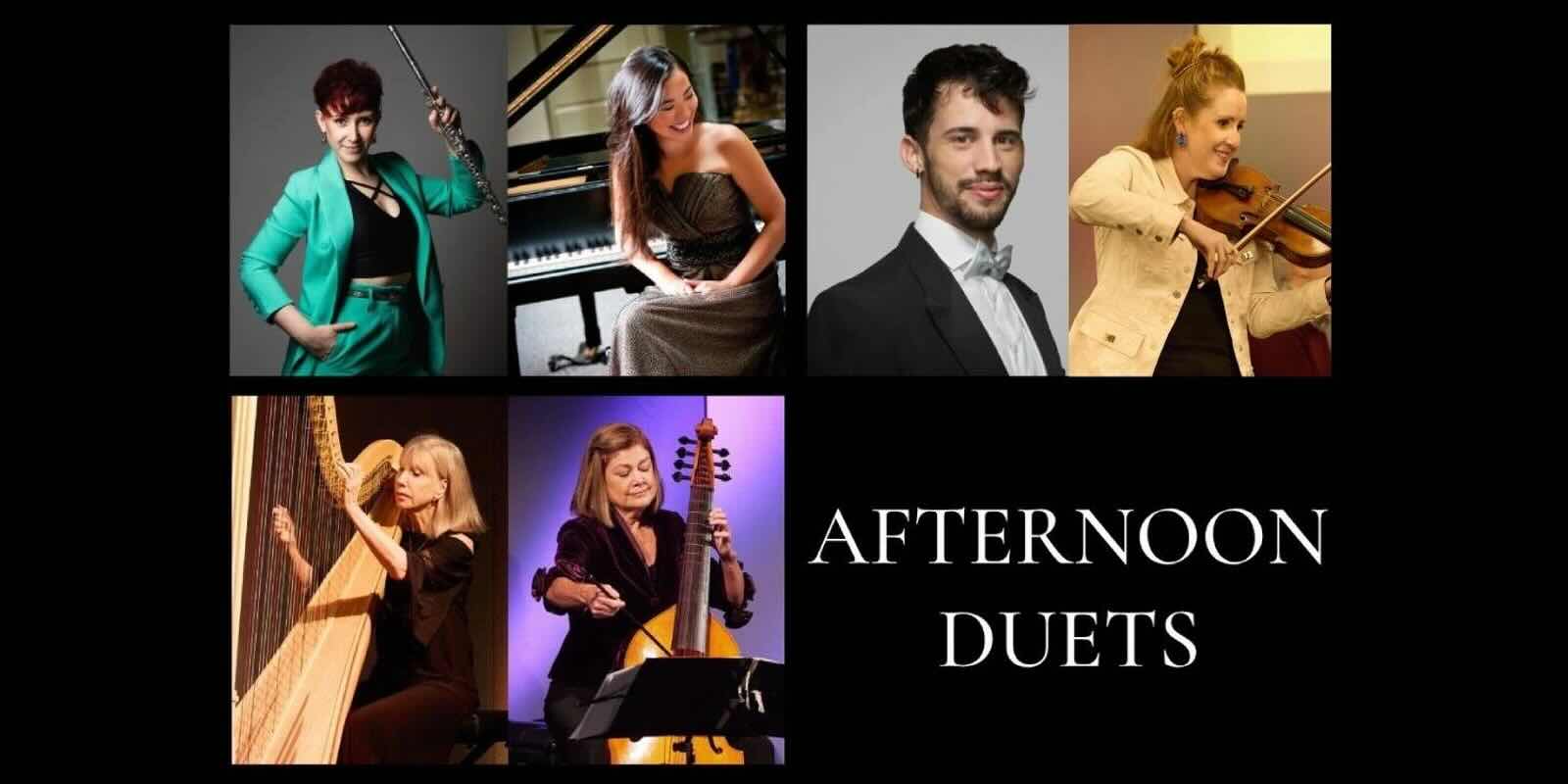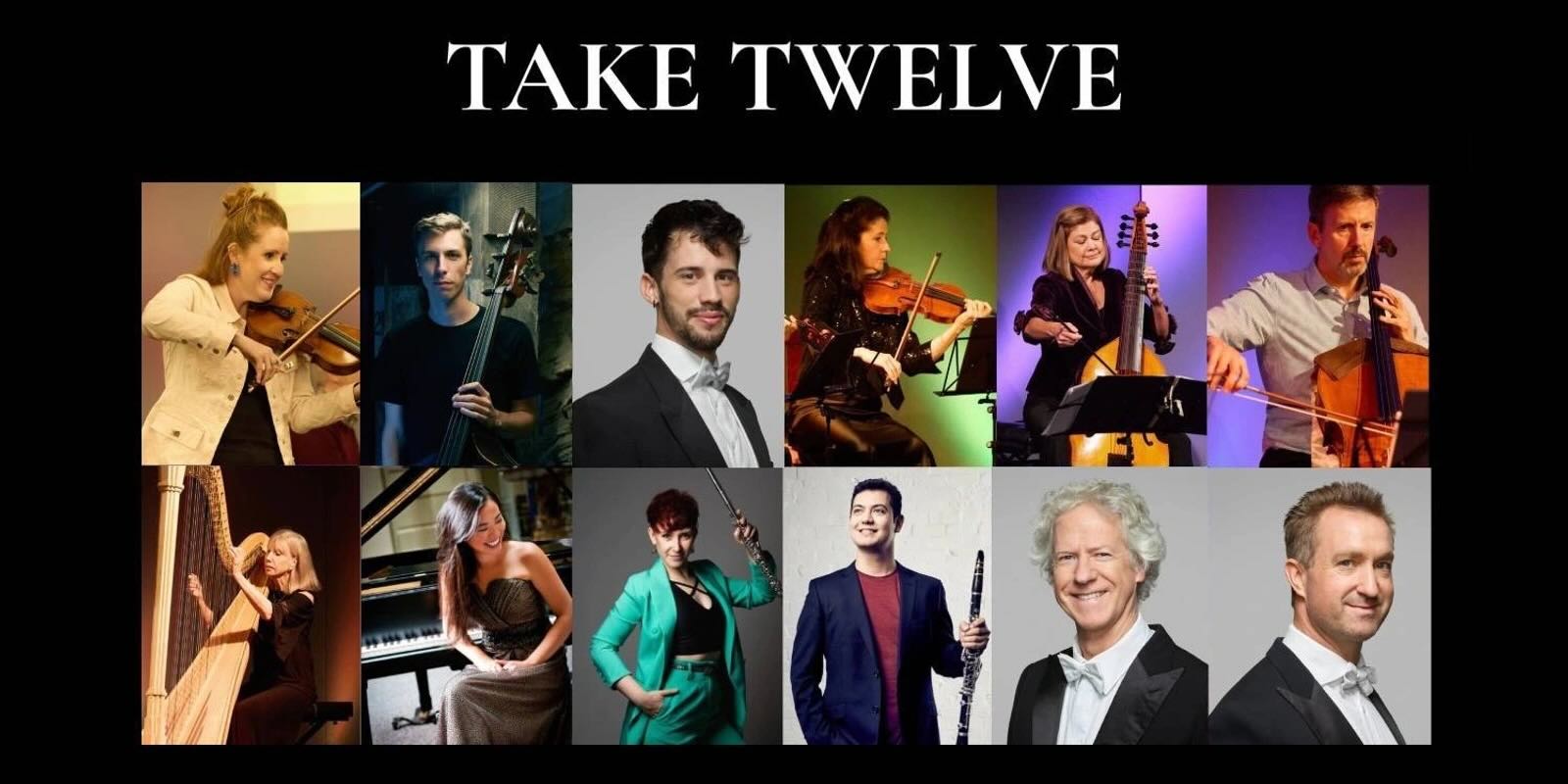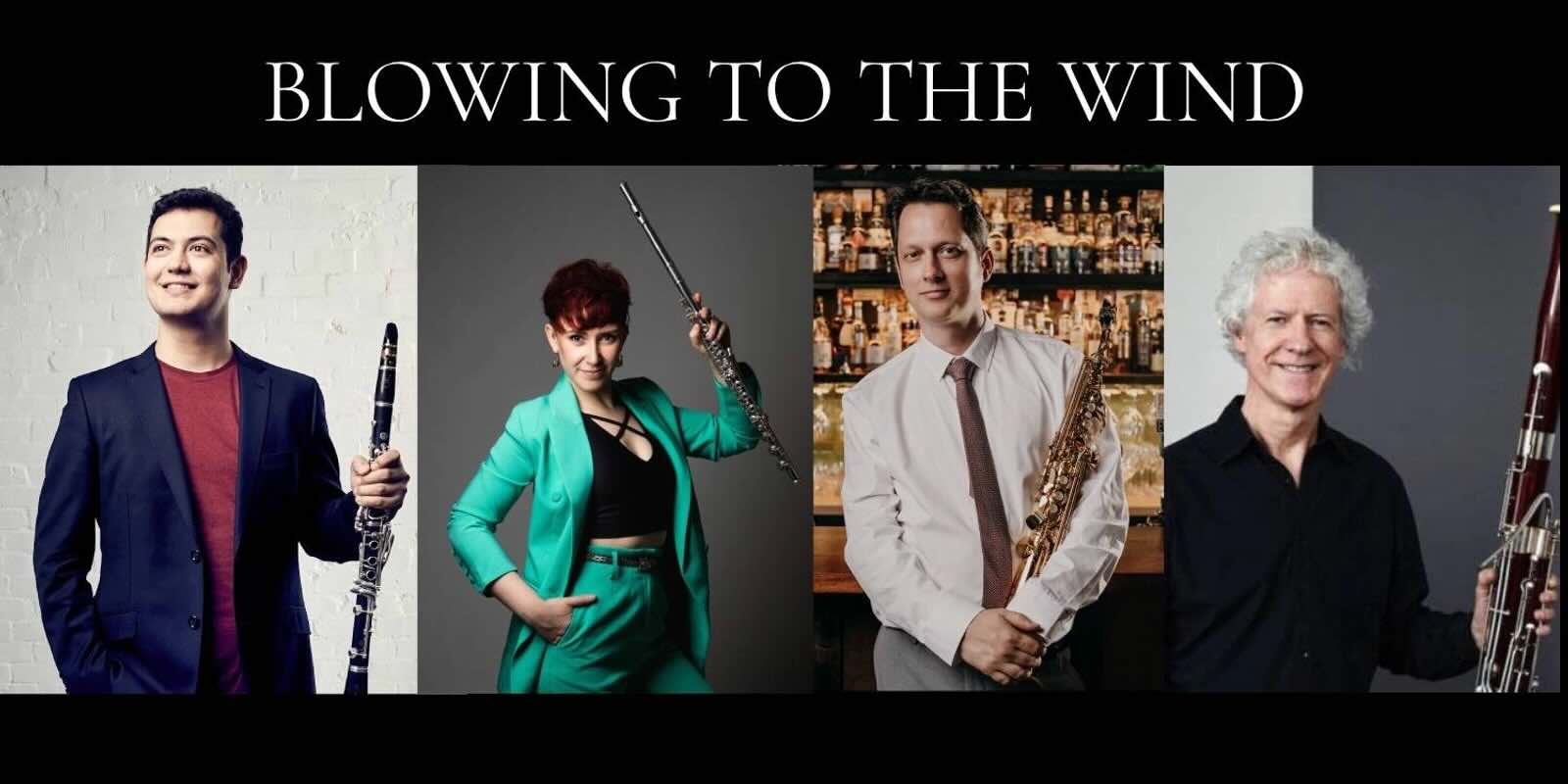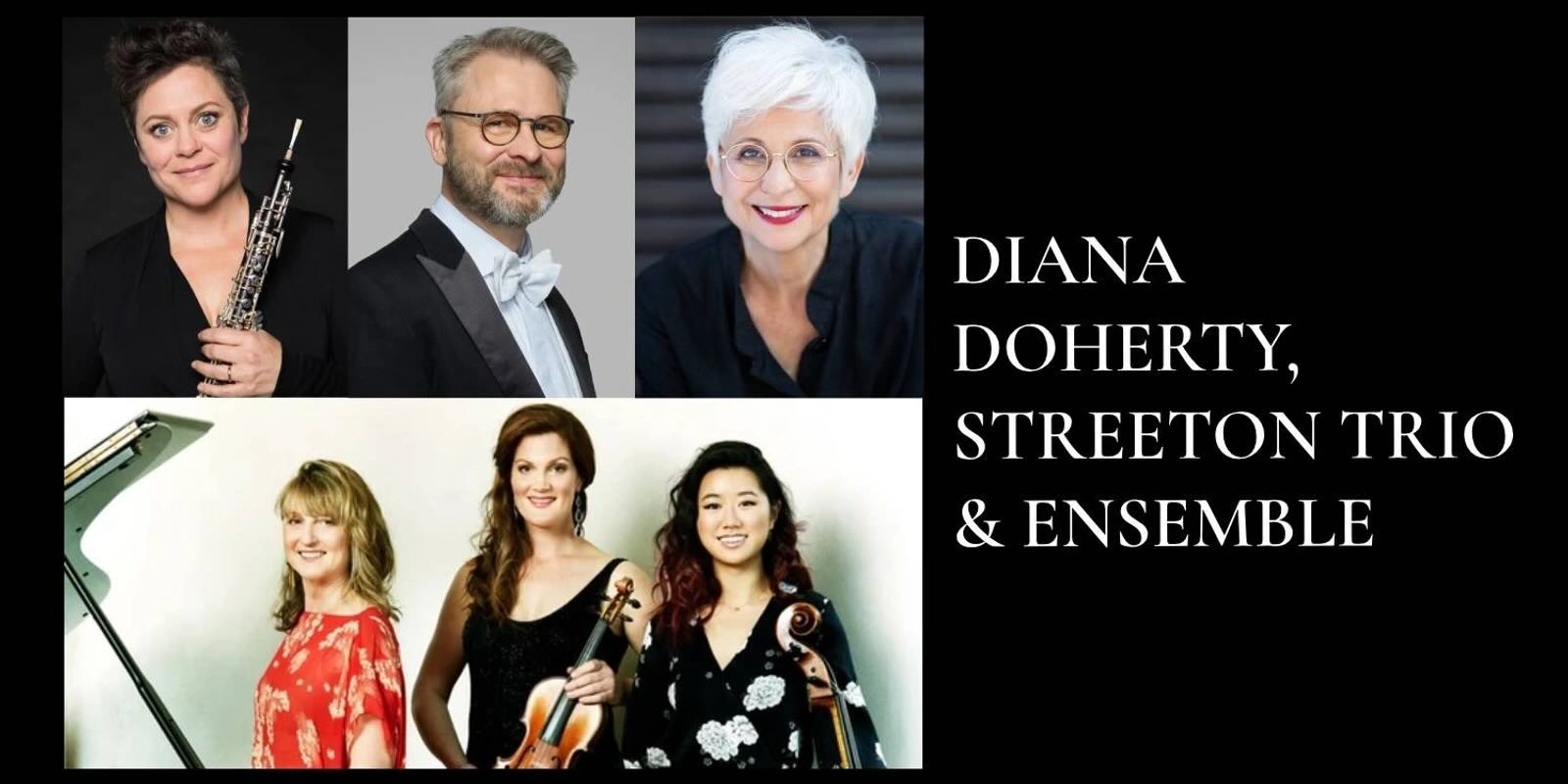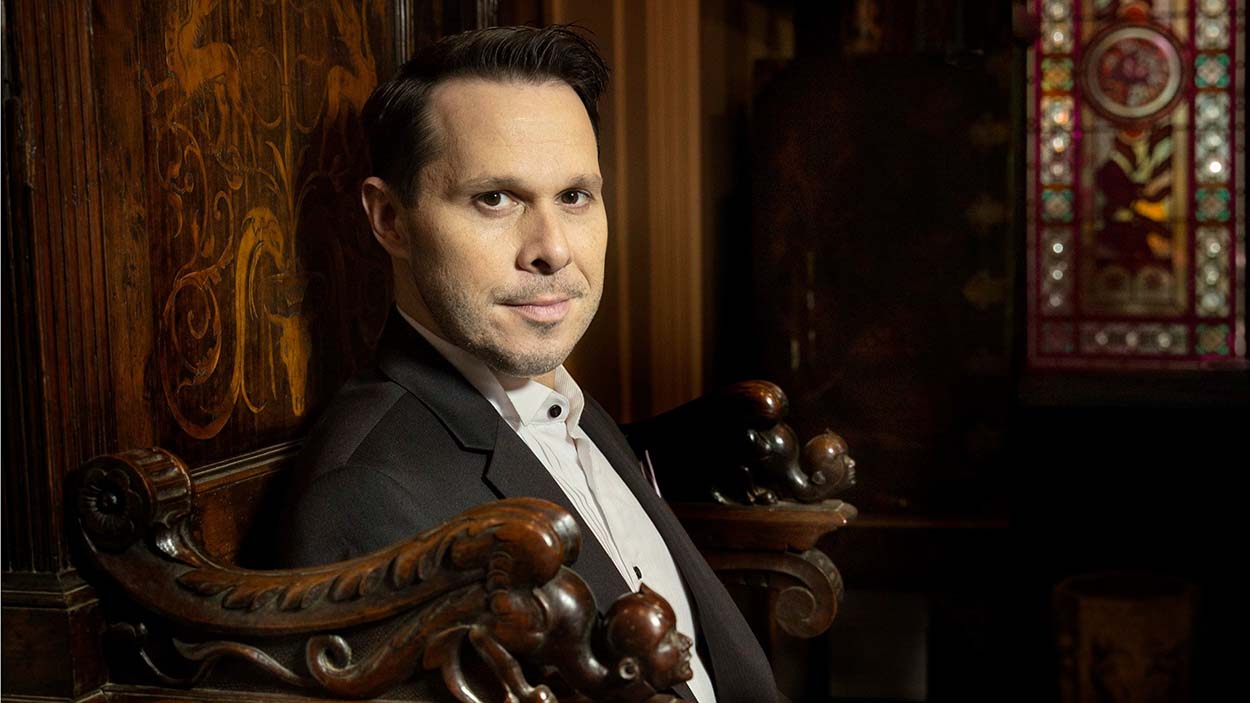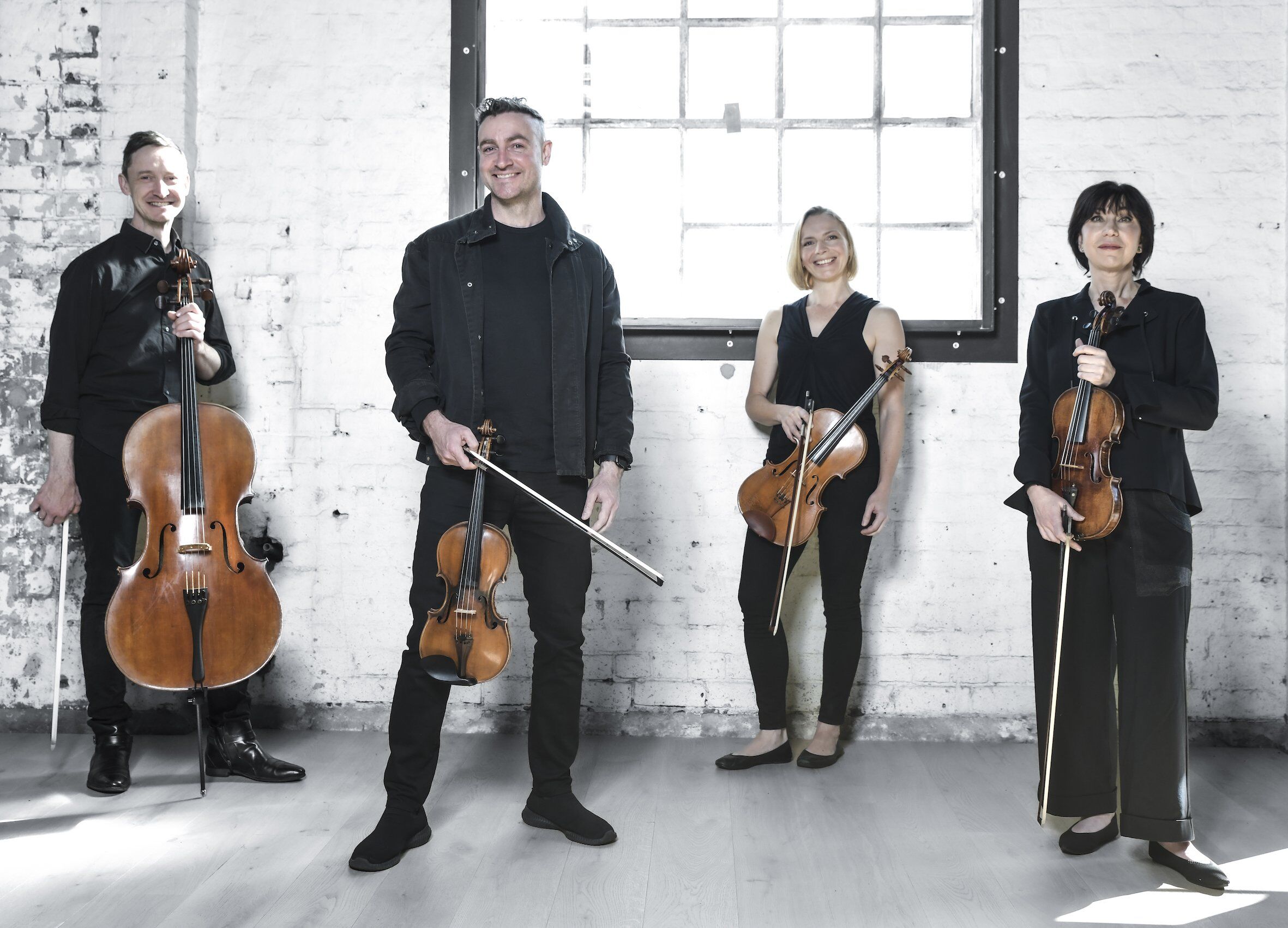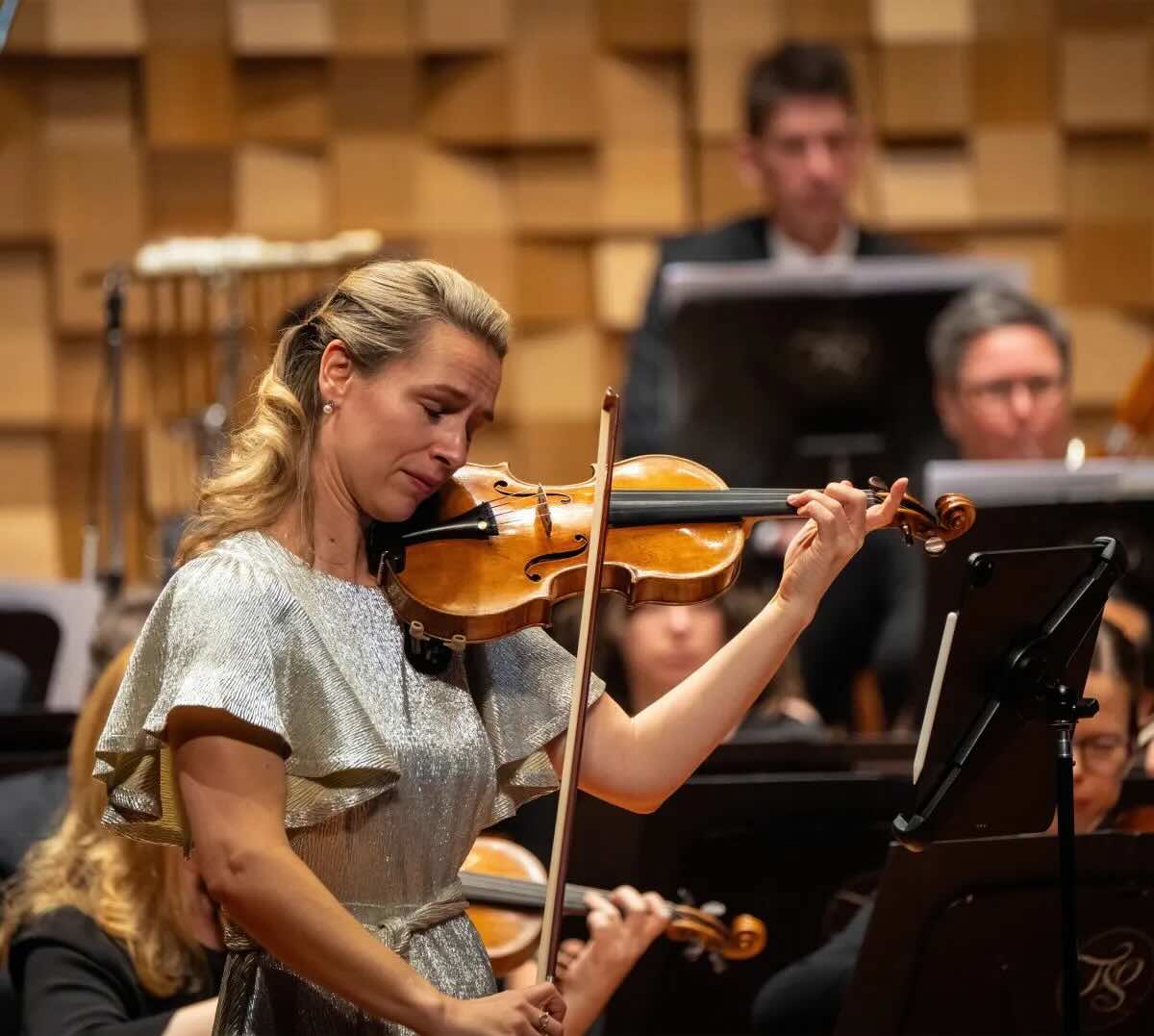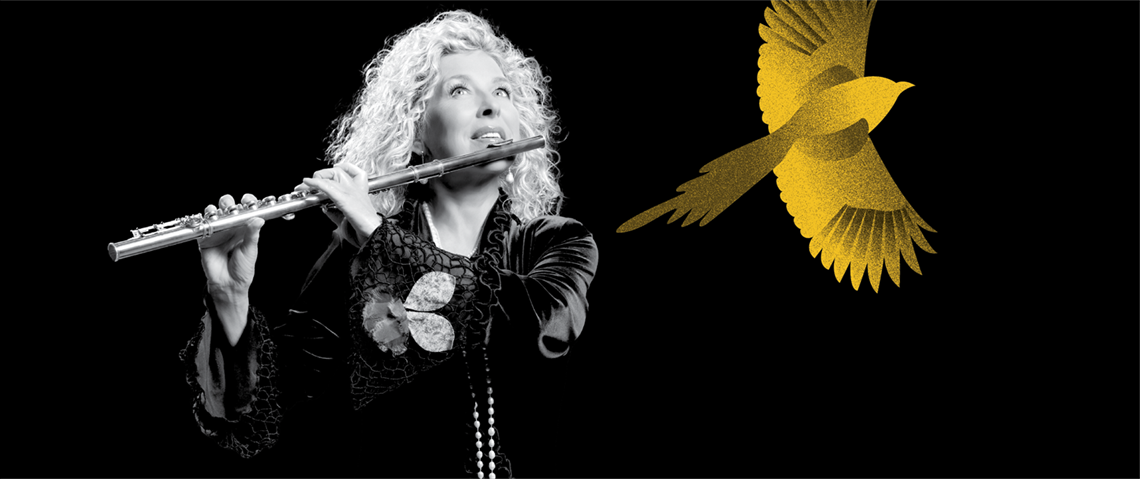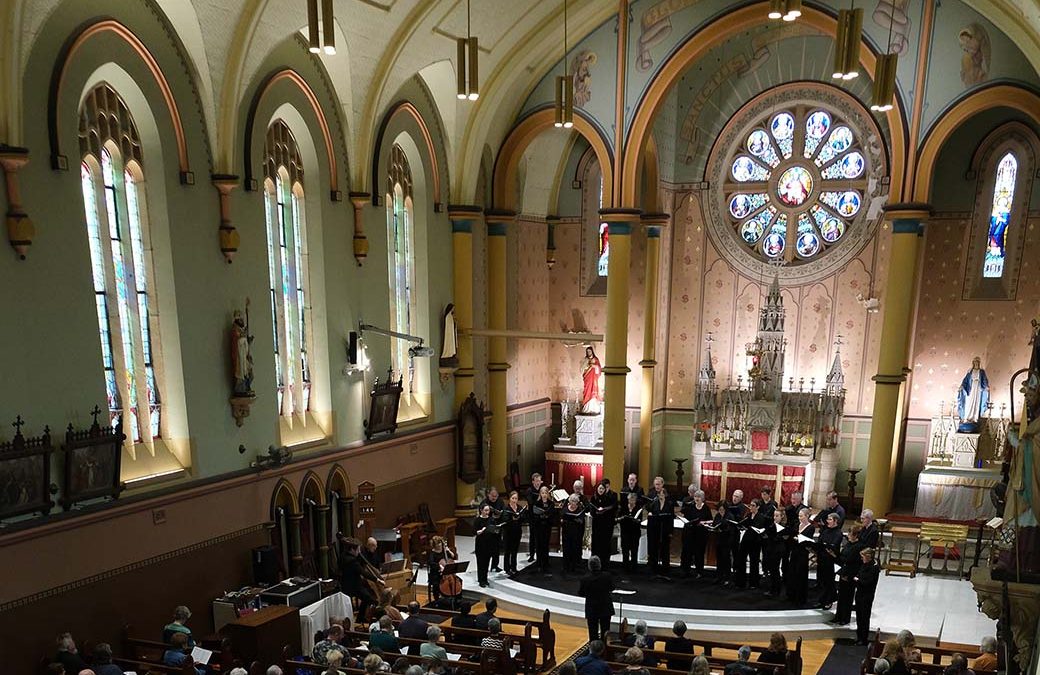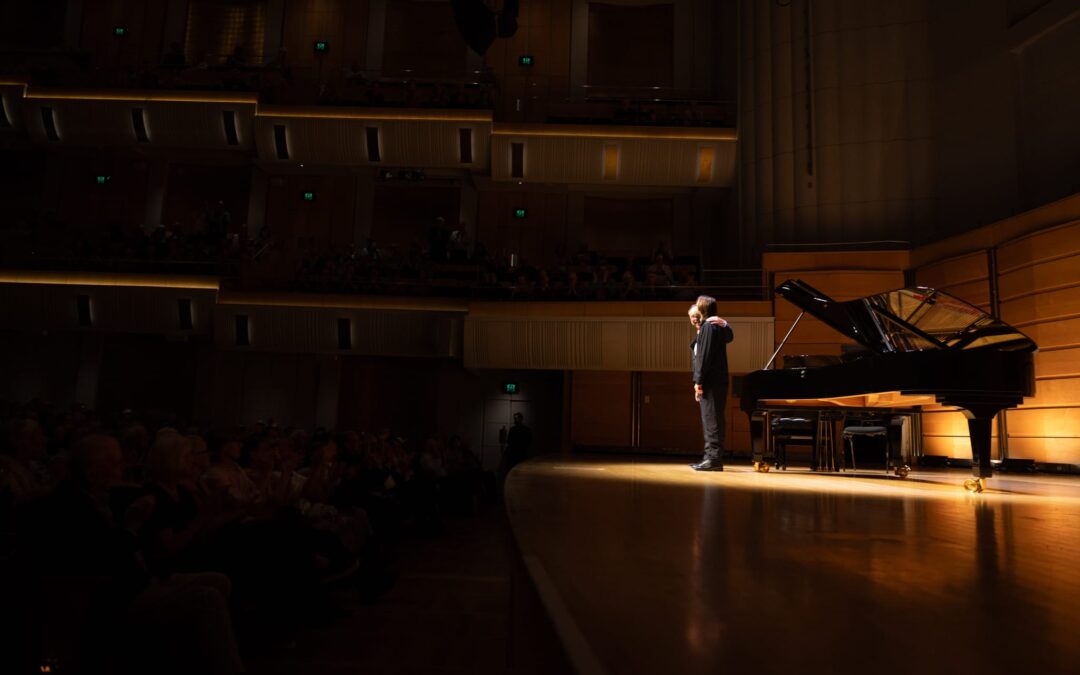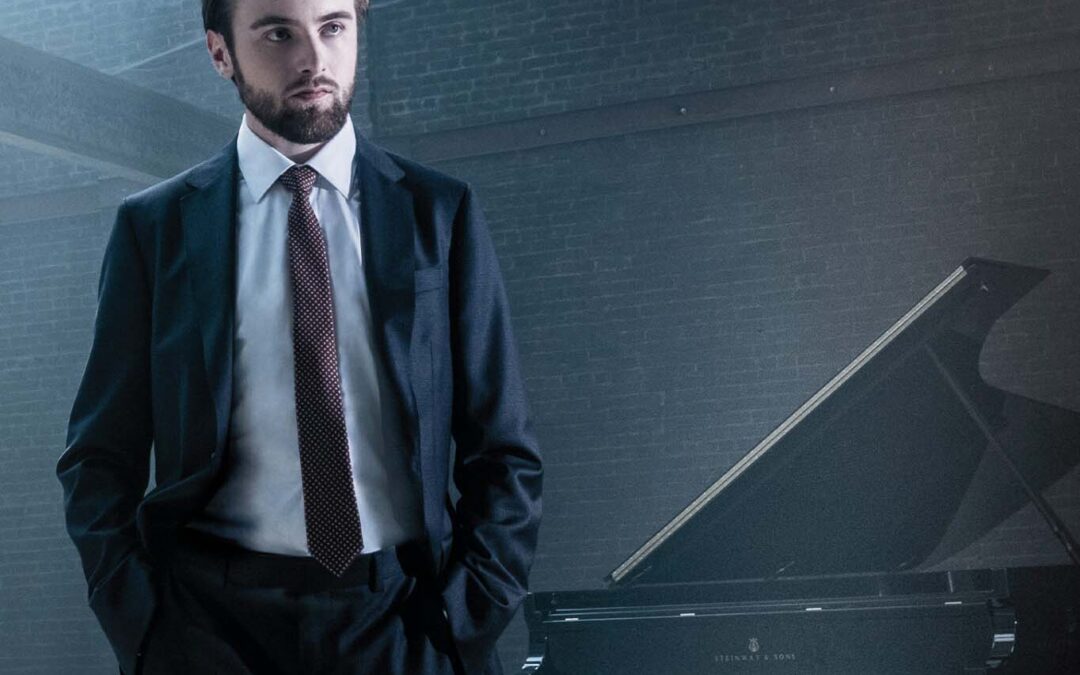New Fashions
Josie and the Emeralds with Lyra viol specialist, Sarah Mead (USA)
Glebe Town Hall, 29 March 2014
For even the most enthusiastic of music lovers being confronted by five viol players (playing among them a variety of instruments from high treble to deep bass) and a soprano can be a challenge. It certainly tested my limited knowledge of ‘early’ instruments. The venue was acoustically satisfactory with high ceilings and lots of wood, but with a few desultory fans failing to have much impact on a very humid atmosphere. Viols look like modern cellos and played in a similar manner but they are part of the lute/guitar family rather than the violin family. Indeed viols were largely displaced by the violin group in orchestral music. They need rather a lot of tuning and retuning, but in such a humid atmosphere the amount of re-tuning became almost a part of the show — both to the players (frustrated amusement) and the audience (sympathetic bemusement).
The first half of the concert visited the music of Simon Ives (1600–1662), George Loosemore (1619–1682), William Cobbold (1560–1639), Charles Colemen (d, 1664) and John Jenkins (1592–1678). The theme was ‘looking back’ and ephemeral nature of ‘fashion’. The ‘Pavan and Country Dance’ by Loosemore located us in the period and its music. To remind is that musical styles can linger and be recast, we heard a viol trio’s lyrical rendition of McCartney’s (b. 1942) ‘Yesterday’ (arranged by Sarah Mead). The piece by Cobbold, ‘New Fashions’ was a lively and it seemed to be a satirical meditation on the fleeting nature of (the then) current tastes and trends. The piece featured soprano and viols. The soprano, Josie Ryan, sang with a clear line and articulation that demonstrated why she is a noted performer of the songs of the period when viols ruled. In contrast, we were later reminded that there was even a ‘Love of Change’ (Richard Carlton 1558–1638) was not unknown, when change proceeded with greater leisure than characteristic post the Industrial Revolution. The first half concluded with a spirited and then solemn rendering of Jenkins’ ‘The Five Bells’ (viol trio). To my untutored ear, some of the instruments seem to be indicating that they were ‘over the humidity’. Indeed Josie Ryan felt the need to re-sing a section of ‘New Fashions’ apparently unhappy with its first rendering.
The second half featured more contemporary takes on the musical style of the 14th and 15th centuries. The second half began with a ‘Fantasia sine nomine’ for viol quartet by Sarah Mead for Viol quartet. It begins with a somewhat mournful theme and then proceeds to more joyful variations. Sarah Mead is (Lyra) Viol and early music Royalty (it was the week of knights and dames revival) in the United States and internationally. As well as leading this Australian premiere of this work she gently led most the pieces from the centre position among the five players, with a combination of nods and smiles. She seemed to play most of the viols on display on the day. During the Fantasia I was particularly struck by the work of Fiona Zeigler who played the tenor viol in the concert. The second piece was written by Brooke Green, the director of Josie and the Emeralds. It was called ‘Shades of Present Past’ for Viol Quartet and recalled the theme of the first half. While clearly located within the period, it had enough modernist (almost discordant) elements demonstrating that the music can adopt and adapt period style without being a resurrection of an aural museum. As well as the discordant elements, there was also a touch of tango, and a cabaret feel about the piece. The highlight of the concert for me was the next piece ‘Bone Burning Tunes’, again by Brooke Green that takes its clever and witty text from iconic Australian poet and verse novelist Dorothy Porter. As well as her striking words there was also a South American feel about some of the music with a touch of Kurt Weill-like story telling, primarily through the singing of Josie Ryan. Again her period precision came to the fore, but its perhaps did not quite capture the naughtiness of the lyrics, particularly in the final song ‘Hot Date’. In the final piece in the concert we returned to John Jenkins and the bells from whence we began. This time all five viol players and soprano came together. In this piece the lyricist was John Donne in religious mode. rather than his naughtier alter ego Jack Donne.
I lack the expertise to comment extensively on the playing beyond the tuning difficulties encountered, particularly in the higher register instruments. I was really struck by the work of Laura Moore on treble and bass viols. Her bass playing provided a firm foundation for most the pieces and she worked with considerable effort in the tuning of the other instruments. She is the youngest and least experienced of this very fine group of players. I suspect she will be in demand in such consorts and elsewhere. She has a teaching background and any student who may encounter her will benefit from it. It was a wonderfully thought out concert with a recurring theme that took us to a variety of musical destinations. This time travelling Girl Band may never be all that fashionable, but its work will endure for those who care to listen! And that’s not being posh!

